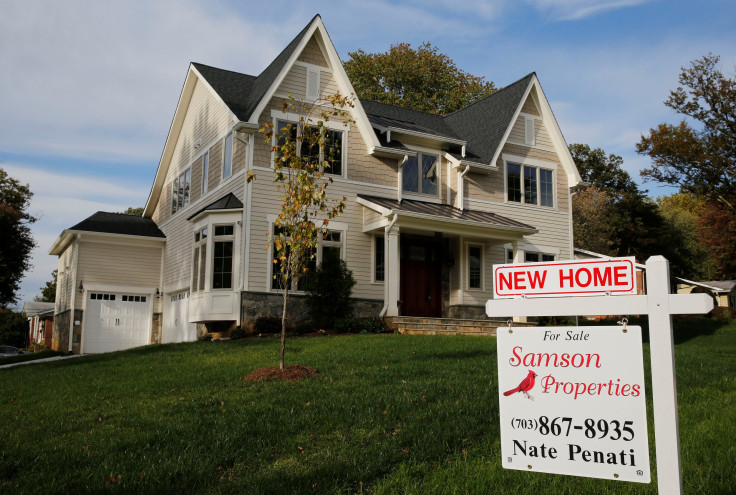Are Homes Still Affordable? If You Have A College Degree And Little Debt, Maybe Not

While 86 percent of Americans between the ages of 18 and 24 see owning a house as more affordable than renting —and 68 percent view their first house as a "stepping stone" to a dream home — just one in five think they can make a down payment, according to a new report released Wednesday by Bank of America. (The bank, it should be noted, made an unusually low $960 million in consumer mortgage banking income last year.)
Millennials, the generation that last year, for the first time in the modern era, became more likely to live with their parents than in any other housing situation, have homeownership rates of below 35 percent—nearly 10 percent lower than the age group’s rate in the early 2000s.
That may be a result of another factor defining the generation: mounting college debt. While fewer millennials in the Bank of America report—just under a third—put off home-buying because of debt, compared to 43 percent of Generation X respondents, the total aggregate student debt owed in the U.S. has nearly tripled over the past decade, to more than $1.4 trillion. Among Americans who have some education-related debt outstanding, the average student loan debt stood at more than $30,000.
And there’s a correlation between how much debt a student has and how likely he or she is to own a home, according to another recent report, released April 3 by the Federal Reserve Bank of New York.
In a survey of Americans ages 31 to 37, the Fed bank found that, although having a college degree substantially boosted one’s likelihood of owning a house, those still paying off debt for their bachelor’s degrees had homeownership rates several percentage points lower than that of their peers without student loans. The gap was larger among graduates with associate’s degrees, and the homeownership rate of associate degree holders who took on student debt was closer to that of Americans with no degree than to that of their fellow associate’s degree grads with no debt.
Read: Experts Say Housing Price Growth Will Fall As Mortgage Rates Increase
The difference only widened with age—with the exception of bachelor’s degree holders with and without debt, who maintained a roughly constant disparity in homeownership as they approached their early 30s. By age 33, for example, associate’s degree grads with student debt had a homeownership rate 21 percentage points below that of bachelor’s degree holders with no debt. Even among people who failed to graduate, those without student loans were still more likely to own a home.
© Copyright IBTimes 2024. All rights reserved.






















